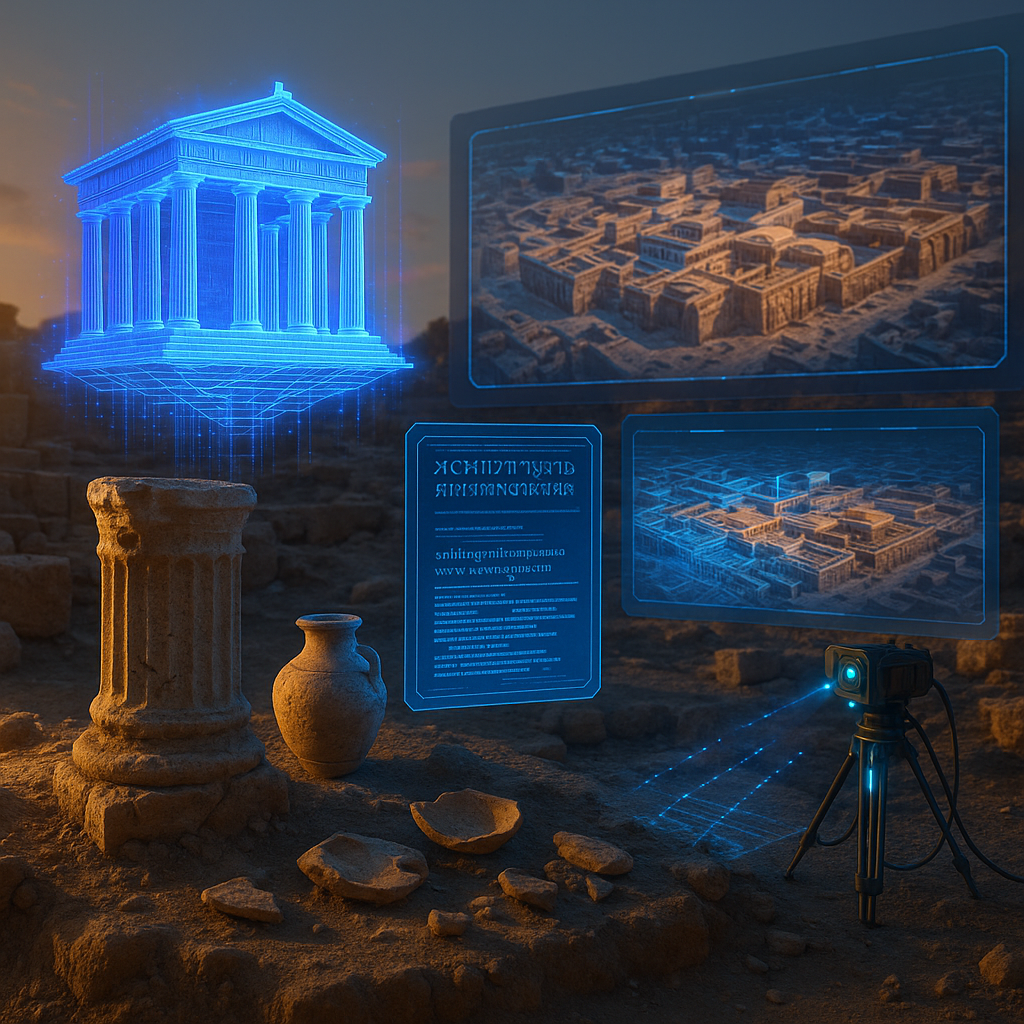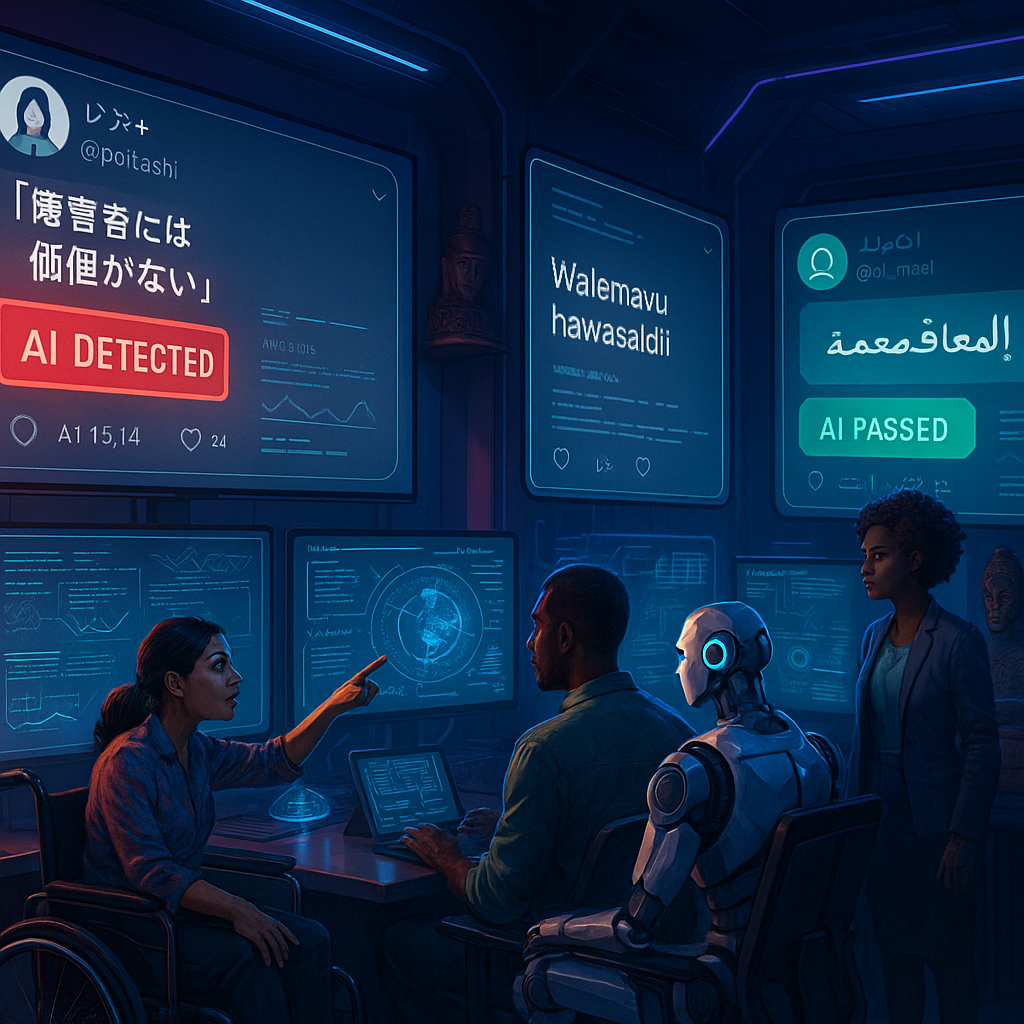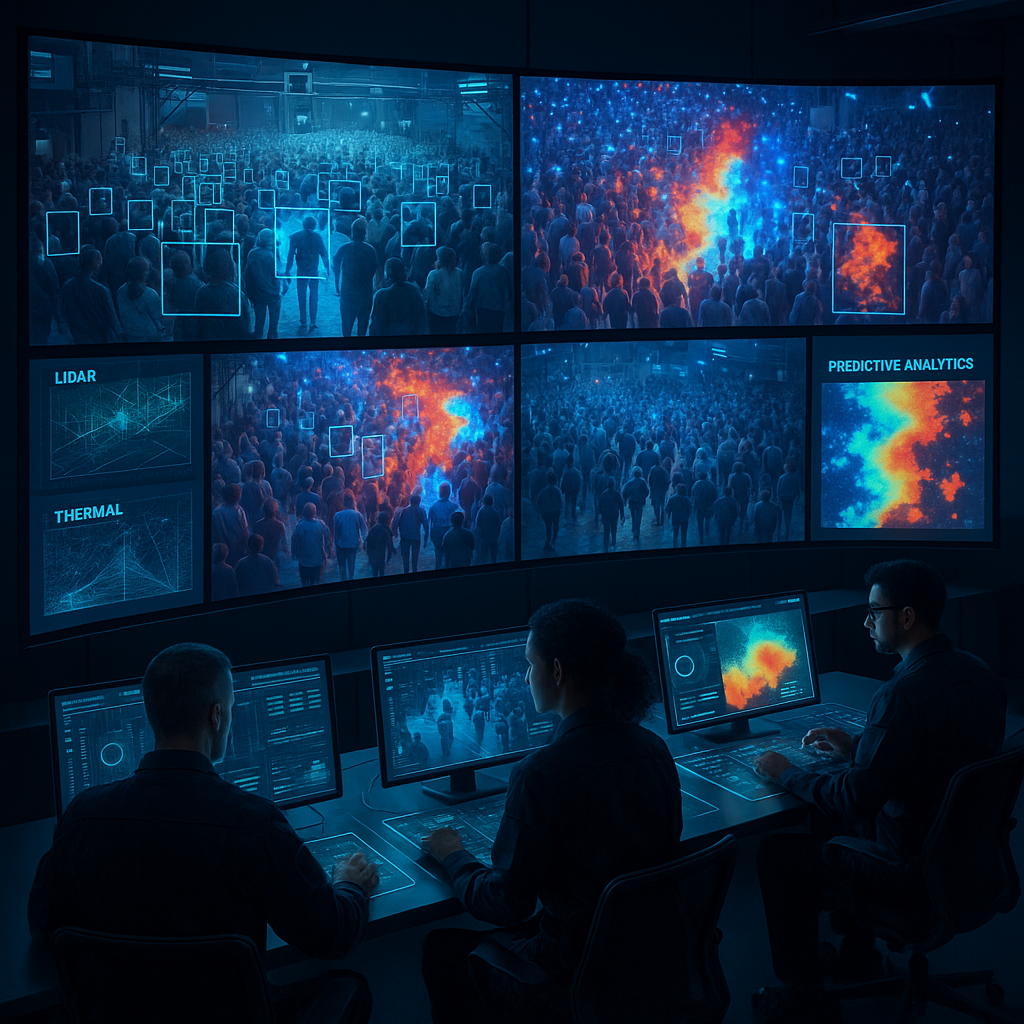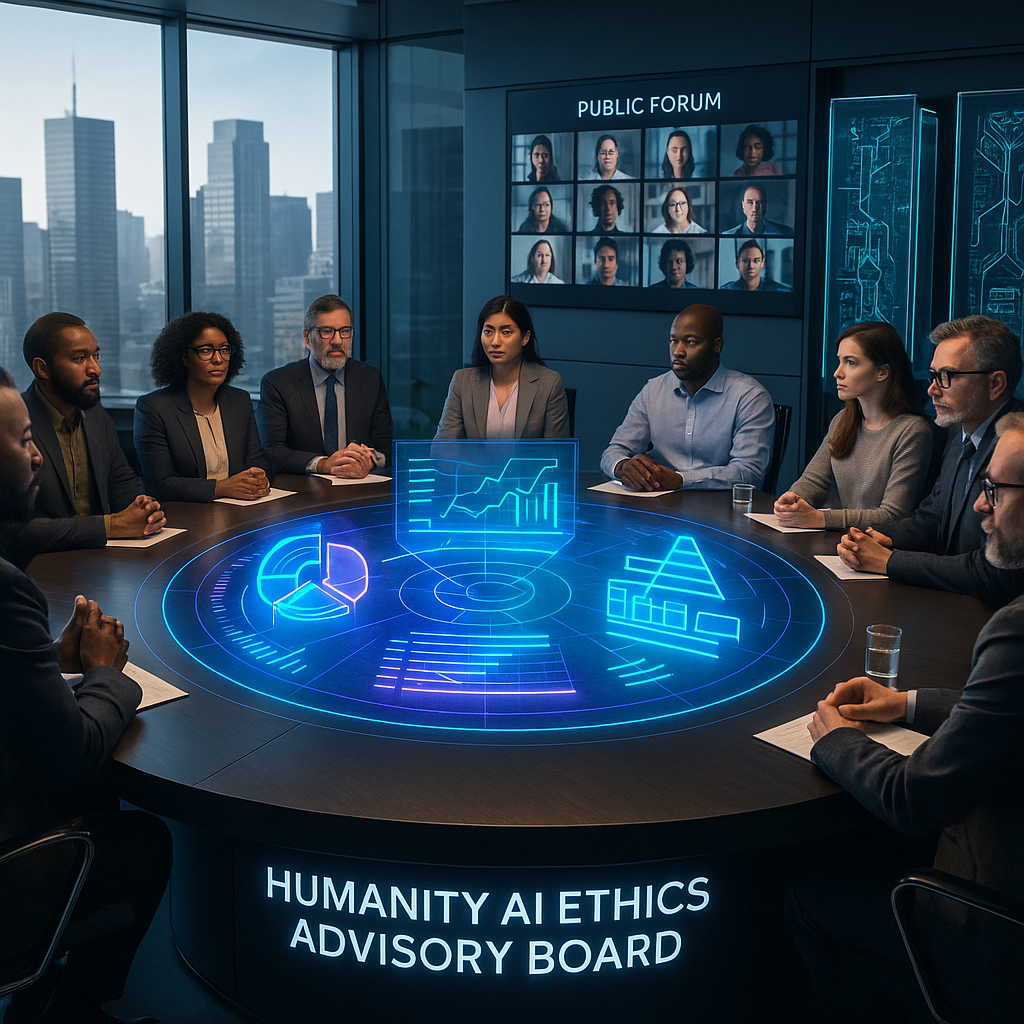Key Takeaways
AI-driven archaeology is rapidly transforming our relationship with the ancient world. Computer vision and advanced algorithms are not only restoring crumbling structures and artifacts, but also breathing new life into lost languages and reviving the everyday rhythms of civilizations long past. Here are the key insights into how these digital archaeologists are illuminating the past in ways that once belonged strictly to the realm of science fiction.
From pottery shards to ancient city streets, computer vision now reconstructs entire lost worlds. Advanced AI pattern-matching sifts through fragmented artifacts, architectural ruins, and landscape data. This technology stitches scattered remnants together, creating vivid, immersive reconstructions of ancient cities that allow us to walk through these spaces once again.
AI is cracking the codes behind lost languages. Deep learning models analyze ancient scripts, coded messages, and undeciphered texts, accelerating breakthroughs in linguistic decipherment. Where scholars once stalled for centuries, AI is now opening doors to voices that many thought were permanently silenced.
The creation of digital twin cities invites everyone (not just experts) into the past. AI-powered historical reconstruction produces interactive 3D models accessible to students, tourists, and history enthusiasts, turning archaeological analysis into a living, participatory experience that energizes classrooms and museums.
Stay Sharp. Stay Ahead.
Join our Telegram Channel for exclusive content, real insights,
engage with us and other members and get access to
insider updates, early news and top insights.
 Join the Channel
Join the Channel
Generative AI conjures what the archaeological record never captured. Generative adversarial networks (GANs) infer details like architectural ornamentation, original colors, and the organic sprawl of neighborhoods, offering scientifically informed, speculative visions of ancient societies that stretch beyond incomplete data.
Perhaps most profoundly, AI resurrects not just sites but entire civilizations’ stories. By merging reconstruction of objects, cities, and languages, artificial intelligence enables a multidimensional revival. The intangible lifeworlds of forgotten cultures become tangible, accessible, and emotionally resonant, allowing contemporary audiences to experience the hopes and struggles of those who came before us.
AI is shifting the paradigm of discovery and preservation. Computer vision in archaeology accelerates findings, reduces intrusive excavation, and preserves fragile heritage digitally, ensuring that precious histories remain accessible for generations to come. This digital safeguard is vital in an era marked by environmental threats and human conflict.
Collaboration between human researchers and machines is redefining what expertise means. Instead of replacing archaeologists, AI acts as a co-explorer that amplifies human intuition with computational rigor, uncovering connections and patterns invisible to the naked eye.
AI archaeology is not merely about unearthing the past; it’s about reimagining how we access, experience, and empathize with ancient lives. In the sections that follow, we will journey through the algorithms, ambitions, and ethical considerations shaping a new era. In this era, lost civilizations speak again through silicon, code, and human curiosity.
Introduction
Consider a world where a single pottery shard could unlock the hidden story of an entire civilization. This vision is now a reality as AI archaeology turns what was once the dusty work of piecing together ruins and making educated guesses into a living, digital tapestry of the past. Algorithms deftly analyze fragmented relics and eroded city grids, reconstructing ancient wonders with a precision and scope that far exceeds the capabilities of solo human hands.
This convergence of computer vision and advanced modeling is sparking a revolution. It is not simply restoring artifacts and buildings, but resurrecting forgotten languages and conjuring immersive cityscapes. AI-driven historical reconstruction transforms our connection to history, letting us experience lost sights and sounds and, perhaps most evocatively, the voices of people whose worldviews shaped entire eras.
As we venture into this new alliance of technology and human curiosity, the boundary between archaeology and imagination grows ever more porous. What once belonged to the realm of guesswork and myth is now accessible as never before. Join us as we explore how AI opens unprecedented windows into the lives, languages, and cultures of our ancestors.
AI-Powered Discovery Methods
Innovation in AI is revolutionizing the toolkit of archaeologists worldwide. No longer limited to brushes and trowels, today’s practitioners leverage digital systems capable of decoding and mapping the past with breathtaking speed and accuracy.
Pattern Recognition Breakthroughs
Computer vision algorithms are revolutionizing the identification and classification of artifacts and architectural features. At excavations such as Pompeii, AI has spotlighted subtle patterns in wall remnants that had eluded generations of researchers, sparking discoveries about ancient construction methods and urban design. Deep learning models now classify pottery sherds with up to 94% accuracy, dramatically shrinking the time required for artifact analysis.
A pioneering project at the ancient city of Ur witnessed machine learning algorithms recognizing interconnected architectural motifs dispersed over 20 square kilometers. This revealed new patterns in urban planning and challenged established narratives about Mesopotamian social organization.
Beyond classical archaeology, similar AI-powered pattern recognition tools are transforming fields such as environmental science. Algorithms analyze satellite images to discover lost settlements under rainforests, while in healthcare, AI discerns patterns in fossilized remains to reconstruct ancient diets and disease patterns.
Advanced Imaging Technologies
The integration of multispectral imaging and AI analysis is redefining how archaeologists study buried or hidden sites. These tools can peer beneath vegetation, sand, or urban sprawl to reveal previously invisible structures.
LiDAR scanning combined with machine learning has sparked groundbreaking findings. In Guatemala’s Petén region, AI analysis of LiDAR data revealed more than 60,000 previously unknown Maya structures. This forced a major reassessment of Maya civilization’s size and complexity, revealing hidden city layouts and extensive transportation networks.
Elsewhere, AI-powered drones are mapping archaeological landscapes in difficult terrains, from deserts to dense forests, assisting in the identification of ancient road networks in the Middle East and mapping underwater shipwrecks in the Mediterranean. Similar approaches are enhancing environmental monitoring, identifying climate impacts on ancient settlements, and helping scientists in disciplines like geology discern geographic changes through time.
As these discoveries multiply, the next frontier emerges in the translation and interpretation of humanity’s earliest written expressions.
Stay Sharp. Stay Ahead.
Join our Telegram Channel for exclusive content, real insights,
engage with us and other members and get access to
insider updates, early news and top insights.
 Join the Channel
Join the Channel
Decoding Lost Languages
As archaeological focus shifts from artifacts to the ideas encoded in ancient texts, AI shines in interpreting languages that human scholars have long struggled to crack.
AI Translation Breakthroughs
Machine learning algorithms are charting new territory in the quest to read lost scripts. The breakthrough in deciphering Linear B demonstrated how AI could detect patterns and frequency distributions, facilitating translations previously hinged on rare fluency or guesswork. This process is now being applied to other undeciphered languages such as the Indus script and Etruscan, suggesting that breakthroughs may be within reach for other ancient writing systems.
Recent work by language analysis teams at Oxford University showcased AI models reconstructing over 60% of fragmented Greek inscriptions. These results greatly surpass manual efforts. Neural networks not only fill in missing text but are beginning to contextualize word usage, helping historians gain a nuanced understanding of ancient thought.
Elsewhere, these AI-based translation techniques are being adapted for legal and financial archival research, expediting the interpretation of centuries-old business contracts and ledgers. In educational contexts, AI-driven translation tools help students and scholars worldwide engage with rare historical texts that would otherwise remain inaccessible.
Pattern Recognition in Ancient Scripts
AI’s prowess for pattern recognition has unleashed a new era of script analysis. Algorithms now comb through massive datasets of symbols and glyphs, recognizing recurring motifs and statistical relationships that might connect unknown scripts to known languages.
Contextual analysis and statistical modeling allow researchers to pinpoint where script elements overlap with languages already deciphered. This cross-referential capability has proved invaluable, not only in archaeology but also in fields like genomics (analyzing sequences), consumer behavior (predicting patterns in language or symbols), and even marketing, where customer sentiment analysis relies on subtle text and context recognition.
Delivering breakthroughs in ancient language analysis, AI invites us to explore even wider horizons in the reconstruction and reimagining of ancient environments.
Digital Reconstruction of Ancient Cities
Revealing the cityscapes and societies of the ancient world requires a blend of creativity and methodological rigor—qualities that AI amplifies in remarkable ways.
3D Modeling and Visualization
Through the combined force of computer vision and machine learning, researchers now reconstruct city layouts, roads, and even interior spaces from partial evidence. At Pergamon, an AI-powered model predicted building heights with 95% accuracy and mapped street networks from fragmentary remains.
These reconstructions extend far beyond academic curiosity. In environmental science, 3D models help assess the impact of changing landscapes on ancient urban centers. In finance and insurance, similar modeling techniques predict structural risk for the preservation or reconstruction of cultural landmarks. In legal contexts, digital reconstructions can serve as forensic tools for provenance and restitution cases.
Virtual Reality Applications
AI-generated virtual environments breathe life into archaeological storytelling, offering public audiences immersive encounters with the past. The Roman Forum Project leverages AI-generated soundscapes, simulated crowd behaviors, and environmental reconstructions to recreate a vibrant city core.
Museums and educational institutions around the world are using these AI-driven VR spaces to turn passive viewers into active participants. Students can walk down ancient Egyptian avenues, explore restored medieval castles, and even attend simulated rituals, all generated from archaeological data analyzed and reinvented by AI.
This revolution in experiential learning is mirrored in fields like healthcare, where similar VR and simulation technologies train surgeons and therapists. In marketing, brands create virtual showrooms. In urban planning, city models help design resilient infrastructure for the future.
Preservation and Documentation
Beyond discovery and reconstruction, AI’s impact on archaeology extends to the vital missions of documentation and preservation, ensuring the world’s cultural heritage is protected for generations to come.
Digital Archives and Analysis
Artificial intelligence streamlines the creation and management of digital archives, automating the cataloging of artifacts with high accuracy, performing real-time 3D scanning of excavations, and running predictive analyses to inform conservation priorities.
At the click of a button, researchers can access virtual databases containing millions of digitized finds, from pottery shards to entire site layouts. These technologies also foster international collaboration. For example, archaeologists in Asia, Europe, and the Americas jointly access AI-curated archives to correlate findings, share best practices, and prioritize at-risk sites.
Fields as diverse as healthcare, education, and environmental monitoring are adopting these methods. Medical researchers archive disease artifacts and tissue samples via AI-driven cataloging, while educators digitize rare manuscripts for global learning. Environmental scientists leverage predictive models to prioritize conservation in vulnerable habitats and historical landscapes.
Conservation Planning
AI-driven conservation goes beyond documentation to actively safeguard the physical remains of the past. Algorithms model the deterioration of stone, wood, and pigments, guiding preservation teams toward the most effective intervention strategies. At Angkor Wat, these efforts have reduced restoration costs by 40%, while enhancing the stability and longevity of irreplaceable structures.
Industrial design, civil engineering, and urban development sectors adopt these predictive modeling tools to preserve contemporary as well as historical structures, ensuring that lessons from the past inform sustainable practices for the future.
Conclusion
The convergence of artificial intelligence and archaeology is catalyzing a renaissance in how we approach the study of ancient civilizations. AI’s capacity for advanced pattern recognition, imaging, and linguistic decipherment does more than accelerate discovery. It transforms the very questions we ask and the methods we use, providing layered perspectives on cultures, economies, and societies that once seemed invisible.
Immersive digital recreations now allow us to wander lost city streets, hear voices brought back from extinction, and witness the vibrancy of ancient life. Simultaneously, AI-powered preservation tools ensure that both the tangible and intangible heritage of humanity can survive threats from climate change, conflict, and time itself.
The impact of these technologies stretches beyond archaeology into domains like healthcare, education, environmental science, finance, and urban planning. Each adaptation broadens our understanding of the value locked within the traces of the past, while forging new connections across disciplines and generations.
Looking ahead, those who harness both human imagination and AI-driven inquiry will define the next era of discovery. The call to action is clear: embrace adaptable, ethically guided strategies that merge technological innovation with humanity’s enduring curiosity. The frontier lies not just in recovering what is lost, but in reimagining how we relate to the stories and legacies of civilizations that shaped our world. The real question is not whether we will use these ‘alien minds’ to reinterpret the past, but how boldly and responsibly we will unlock their potential to illuminate humanity’s deepest mysteries.





Leave a Reply